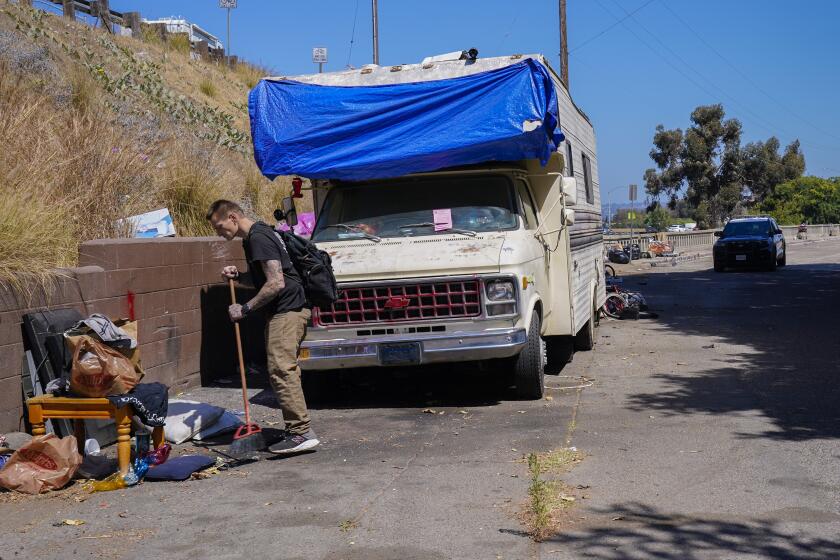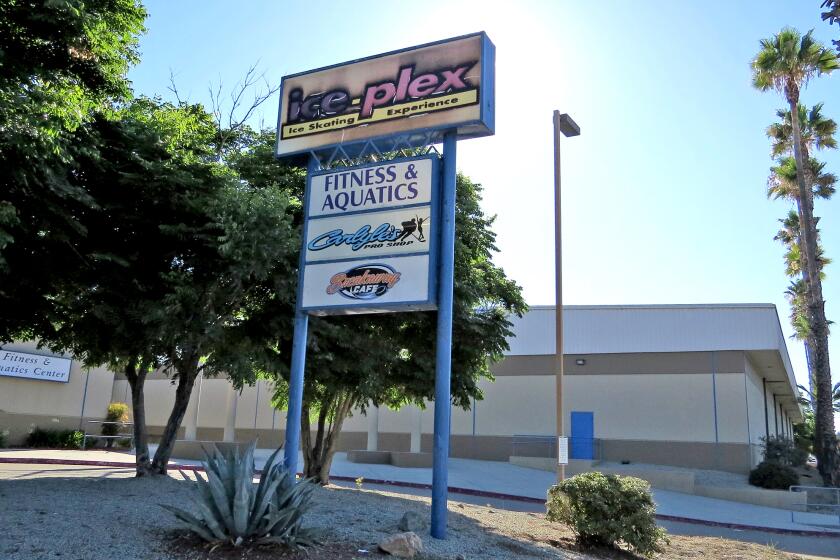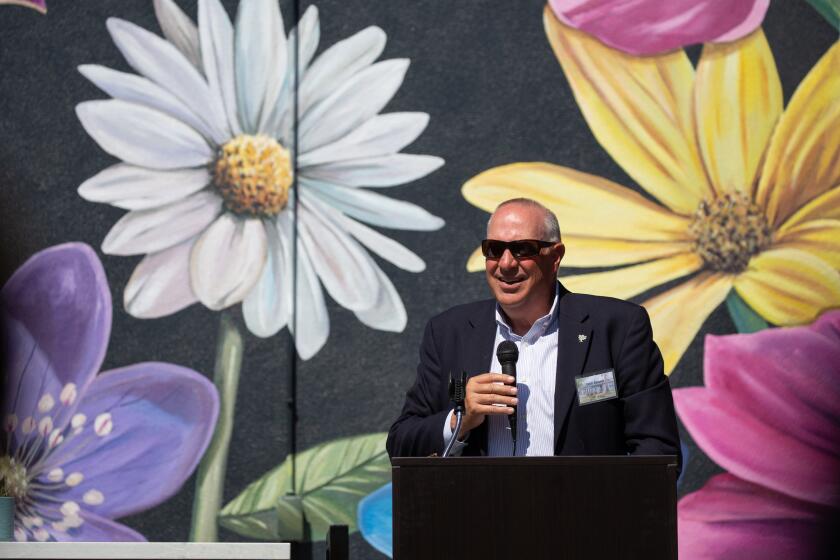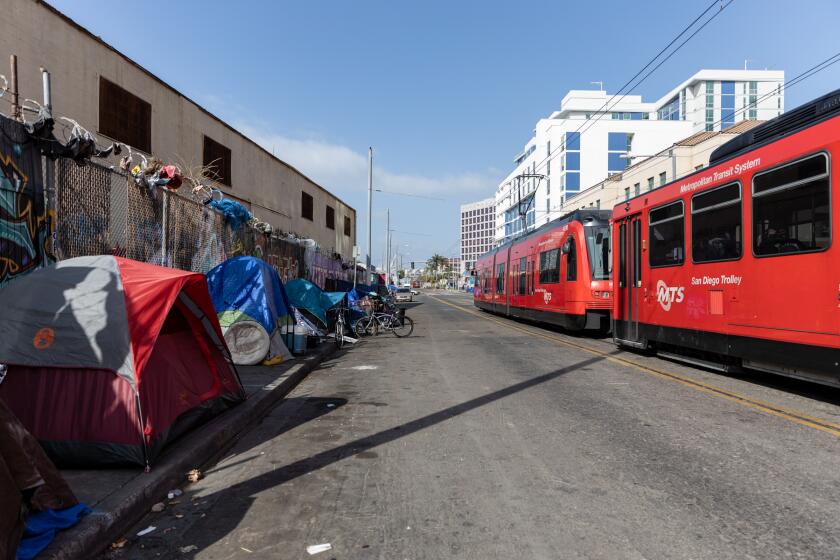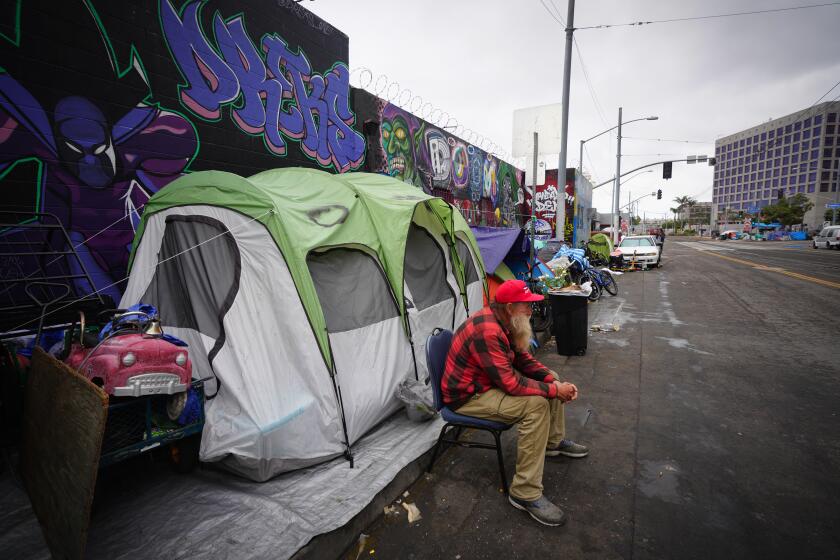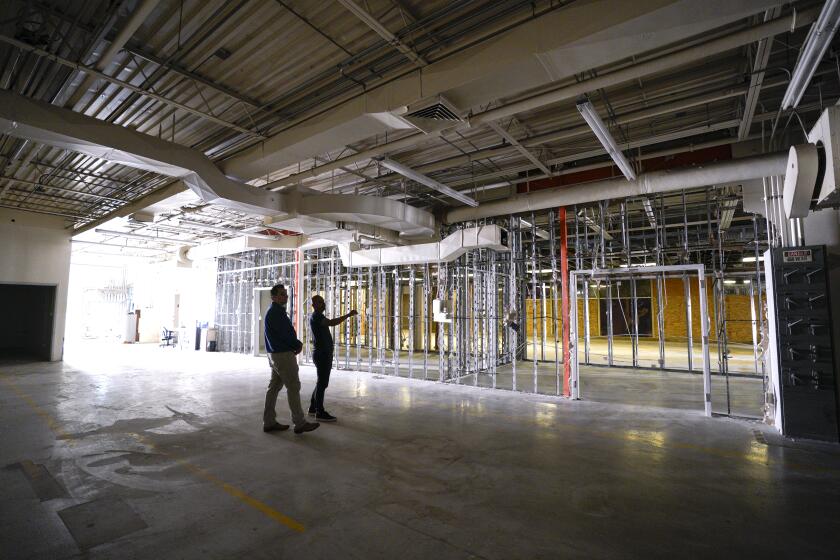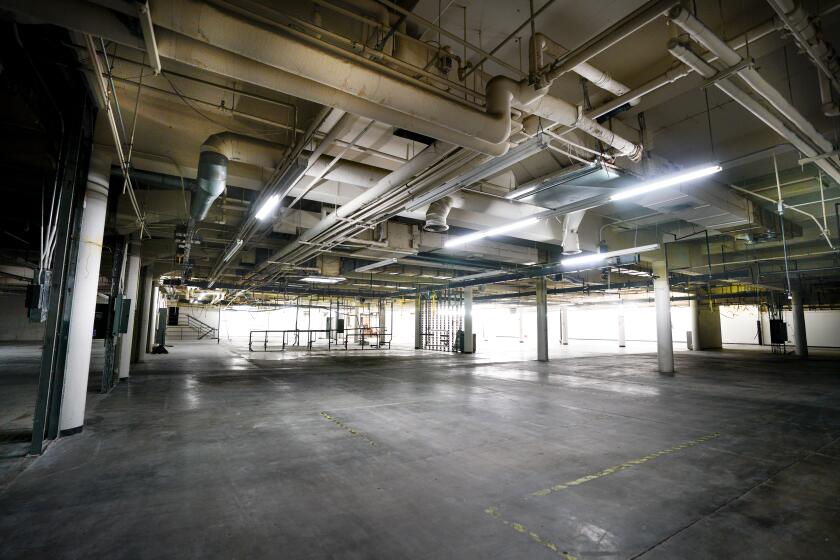Rescue Mission eyes church school for National City homeless shelter
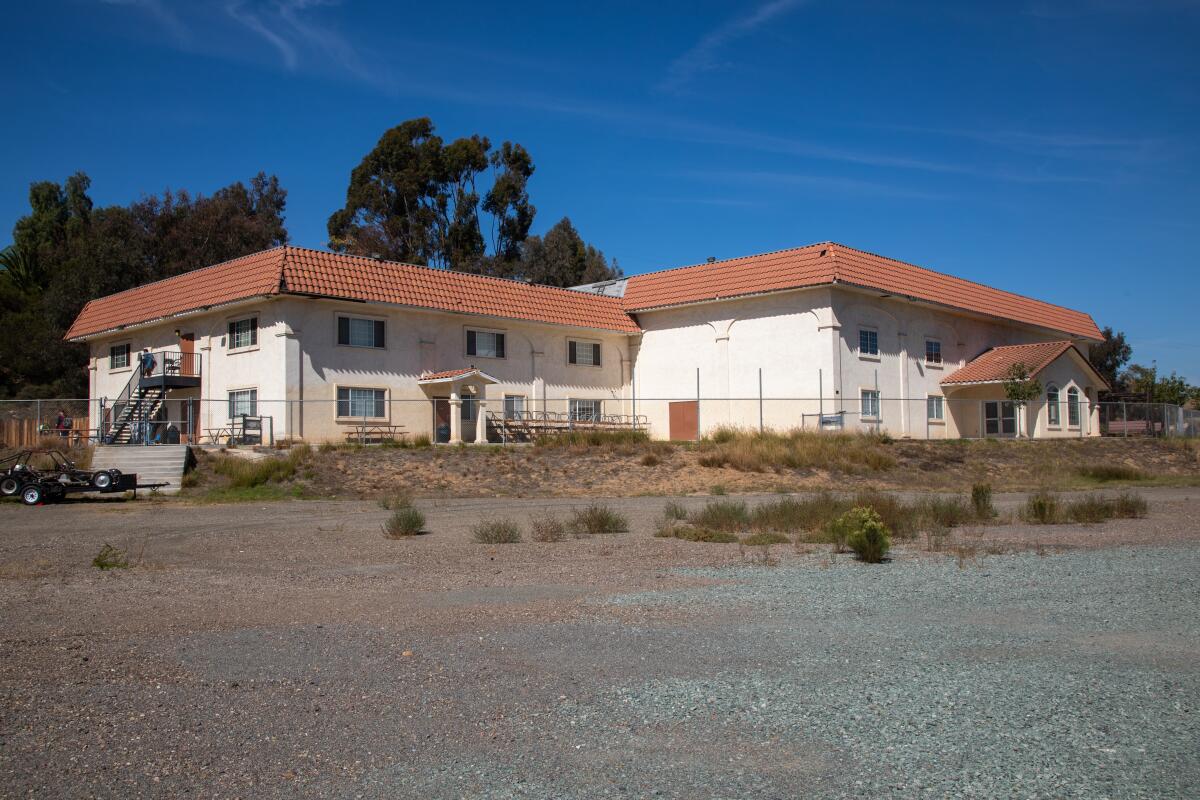
The San Diego Rescue Mission is proposing to develop a homeless shelter in a vacant school formerly used by South Bay Community Church in National City.
Rescue Mission President and CEO Donnie Dee said the property is in escrow, with the purchase contingent on approval of a conditional use permit to allow its development.
According to the CUP application on file with the city, the property is at 2400 Euclid Ave. and the project calls for converting two buildings, one about 19,000 square feet and the other about 3,300 square feet, which will provide services and shelter for 170 people.
Dee said the project could go before the City Council by the end of the year, with construction beginning in early 2022. The nonprofit first must raise funds for the project, and public forums are planned to inform the community and answer questions and concerns about it in the near future.
“Everybody knows there’s a homeless problem,” Dee said. “There’s a homeless crisis, and everybody is looking for solutions.”
Dee refers to the project as a navigation center because it will be more than a shelter, with guests meeting regularly with case workers to help them get connected to programs and housing opportunities. The CUP states the shelter will provide a short-term stay of 30 days, and extensions will be considered on a case-by-case basis.
“This could be a phenomenal facility for all South Bay to help people get off the street,” Dee said.
The old beige, two-story school building is set back from the street, and security will be on-site to keep the area clean and prevent loitering, according to the CUP. The eight-acre site includes three undeveloped acres and a playground.
The Rescue Mission operates an emergency shelter for women and children at its downtown San Diego headquarters, where the main focus is the yearlong residential Mission Academy with sessions on wellness, education, employment training and housing.
Dee has said long-term commitments to changing lives is the solution to homelessness, but more shelters are needed to save the lives of people still on the street. He has been looking for locations for the Rescue Mission to open shelters in different parts of the county over the past year. The city of Oceanside recently selected the nonprofit to run its 50-bed homeless shelter expected to open next year, coincidentally also in a former school.
The proposed National City shelter will provide on-site meals, laundry services, a computer lab and a storage area for guests. The CUP states that a case manager will meet with guests within two days of their arrival and will create an action plan to lead to programs and housing opportunities.
The gymnasium at the school will be converted into a sleeping area for men under the plan, and classrooms will be used for women and children. A back room will be converted into a day center with couches and a television that will be used by shelter guests.
Outreach also will be conducted through the shelter. Dee said the Rescue Mission plans to use a new mobile shower that will be deployed in the South Bay as a way of reaching people and bringing them to the shelter.
As a faith-based nonprofit, the Rescue Mission will raise its own funds to operate the shelters in Oceanside and National City.
Dee said the National City property came to his attention from a board member.
“He said, ‘I know your vision and I think this really fits what you’re trying to build in San Diego,’” he said. “We went and looked at it and really fell in love with the pastors and their board, and just began to talk about what it would look like. We made an offer based on what we could afford, less than what they were asking, and they accepted it because I think they wanted to use it to do good.”
Get Essential San Diego, weekday mornings
Get top headlines from the Union-Tribune in your inbox weekday mornings, including top news, local, sports, business, entertainment and opinion.
You may occasionally receive promotional content from the San Diego Union-Tribune.

